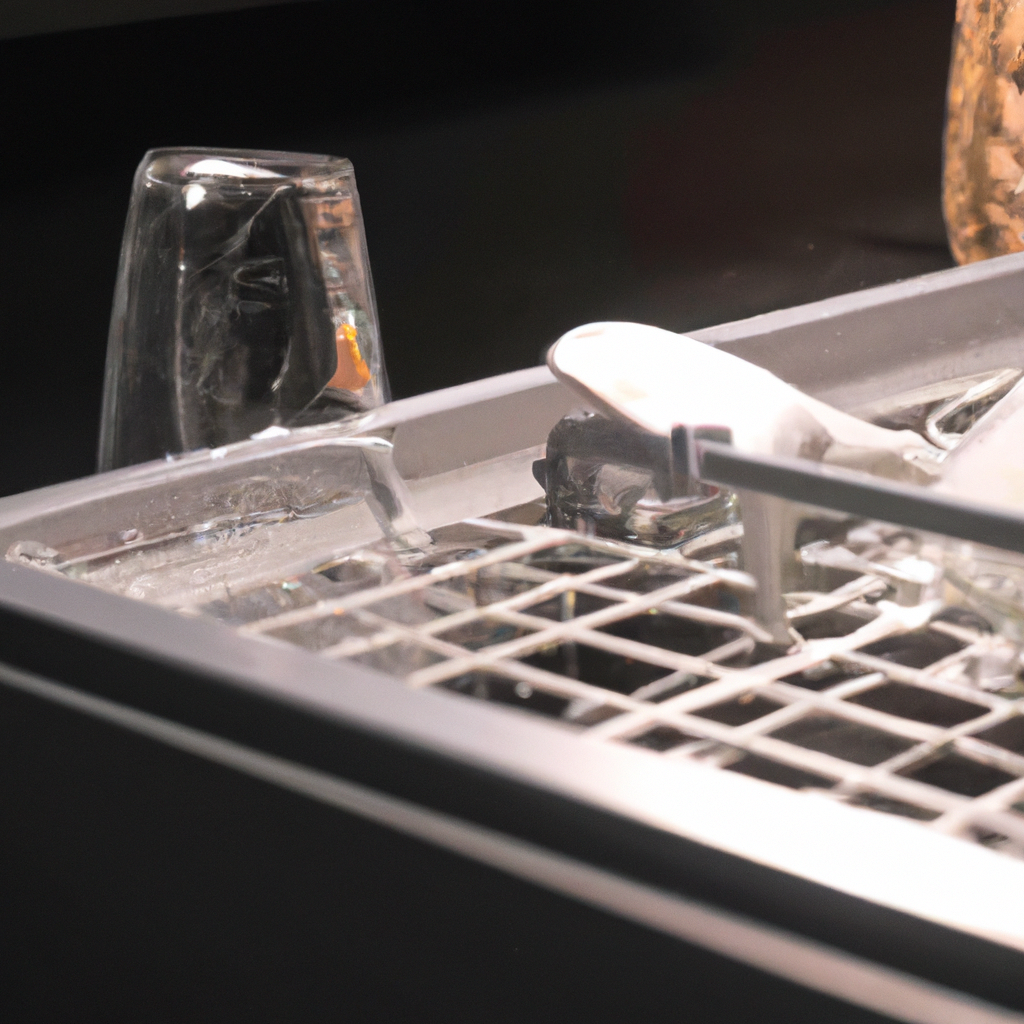Dishwashers have become an essential part of modern kitchens, making cleaning dishes a breeze. Not only do they save time and energy, but they also help maintain good hygiene by sanitizing dishes. But how does a dishwasher sanitize dishes? In this article, we will take a closer look at how dishwashers sanitize dishes, the importance of cleanliness in the kitchen, and the role of dishwasher detergent and the dishwasher cycle in the sanitization process.
The Importance of Cleanliness in the Kitchen
Before we dive into how a dishwasher sanitizes dishes, it’s essential to understand the importance of cleanliness in the kitchen. The kitchen is one of the most critical areas in the house, and keeping it clean is vital for good health and hygiene. A clean kitchen can help prevent the spread of harmful bacteria and germs that can cause foodborne illnesses. Therefore, it’s crucial to keep kitchen appliances, countertops, and dishes clean and sanitized.
How Does a Dishwasher Sanitize Dishes?
Dishwashers sanitize dishes by using high heat and hot water to kill bacteria and germs. The high heat and hot water create an environment that is hostile to bacteria and germs, which are unable to survive in such conditions. The dishwasher’s high heat and hot water also help to dissolve and remove grease, food particles, and other types of dirt that may be present on the dishes.
The Role of Dishwasher Detergent
Dishwasher detergent plays a critical role in the sanitization process. Dishwasher detergent contains enzymes that help break down food particles and remove stubborn stains from dishes. It also contains surfactants that help to dissolve grease and other types of dirt. Additionally, dishwasher detergent contains bleach and other chemicals that help to kill bacteria and sanitize dishes.
The Dishwasher Cycle
The dishwasher cycle is the process by which a dishwasher cleans and sanitizes dishes. The dishwasher cycle typically consists of the following steps:
1. Pre-wash: During the pre-wash cycle, the dishwasher sprays water on the dishes to remove any loose food particles.
2. Main Wash: The main wash cycle is where the dishwasher detergent is added, and the dishwasher uses hot water and high pressure to clean and sanitize the dishes.
3. Rinse: The rinse cycle uses hot water to remove any remaining detergent and food particles from the dishes.
4. Drying: The drying cycle uses hot air to dry the dishes.
Some dishwashers also have additional cycles, such as a sanitize cycle, which uses even higher heat and hot water to kill even more bacteria and germs.
Tips for Effective Dishwasher Sanitization
Here are some tips to help ensure that your dishwasher is sanitizing your dishes effectively:
1. Always use dishwasher detergent: Using regular dish soap can cause suds and prevent the dishwasher from working correctly.
2. Use the hottest setting: Using the hottest setting on your dishwasher will help to kill more bacteria and germs.
3. Scrape off any excess food: Scrape off any excess food particles from the dishes before placing them in the dishwasher.
4. Load the dishwasher correctly: Make sure that the dishes are loaded correctly to ensure that they are getting cleaned and sanitized.
Conclusion
In conclusion, dishwashers are a great tool for keeping your kitchen clean and maintaining good hygiene. They sanitize dishes by using high heat and hot water to kill bacteria and germs. Dishwasher detergent and the dishwasher cycle play a critical role in the sanitization process. By following these tips, you can ensure that your dishwasher is sanitizing your dishes effectively and keeping your kitchen clean and hygienic.







